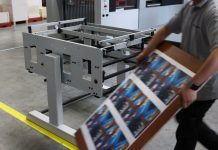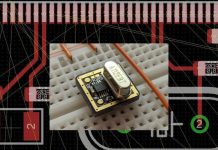3D printing technology rose into the scene in the late twentieth century. However, the technology has been in use for centuries before that. In the mid-1800s, the first 3D scanner was established by a sculptor from French. At the end of the 1800s, the first 3D-related patent was awarded to the developer of the first 3D topographical maps. These early inventions played a significant role in the establishment of 3D printing as we know it today.
In the late-1980s, the first 3Dprinter that uses SLA technology was established and sold to users. This was the start of an evolutionary era. Currently, there are several types of 3D printers and elements in the sector, like the ABS Printer Filament. In this post, we discuss factors to consider when choosing the best filament in 3D printing.
What is a filament?
A filament can be defined as the thermoplastic material that if fed to an FDM printer and used as the printing material. The filament is conventional for FDM printing. It is created through heating, extrusion and cooling. Structurally, filaments look like strands of plastic whose diameter is compatible with that of the width of the extruder nozzle of the 3D printer.
Factors to consider when choosing the suitable filament for 3D printing

- Compatibility
Different types of printers used different printing materials. Filaments are designed for a specific example of printers, typically, FDM printers. The compatibility of the filament to the printer is influenced by the material from which the filament is constructed. For instance, PLA and ABS filaments are the most popular types of filament used in 3Dprinting. The temperature through which the filament material reaches a melting point and the maximum melting point of the machine’s extruder is also an essential factor to consider regarding compatibility.
- Size of the filament
Different types of filament have varying sizes. The size of the filament is affected by the material from which it is made and purpose. When choosing the rightly sized filament, consider factors such as the diameter of your machine’s extruder nozzle. The size of the filament also affects the cost and the quality of the final product. Different types of products also require varying filament sizes.
- Application of the filament
The main factor that you should always consider when buying a 3D printing filament is the product you wish to manufacture. The end product determines the size, shape, colour texture and quality of the filament. All the factors mentioned above are also greatly influenced by the purpose. This means that if you are manufacturing an item that is to be used constantly, you need sturdier materials that can withstand wear and tear.
Final Word
Other essential factors to consider include the quality of the material and the cost. These factors are codependent. This means that the quality of the content affects the price of the material and otherwise. If you are looking for the most ideal filament for your 3D printing job, it is wise to consider a variety of brands before making the final decision.














